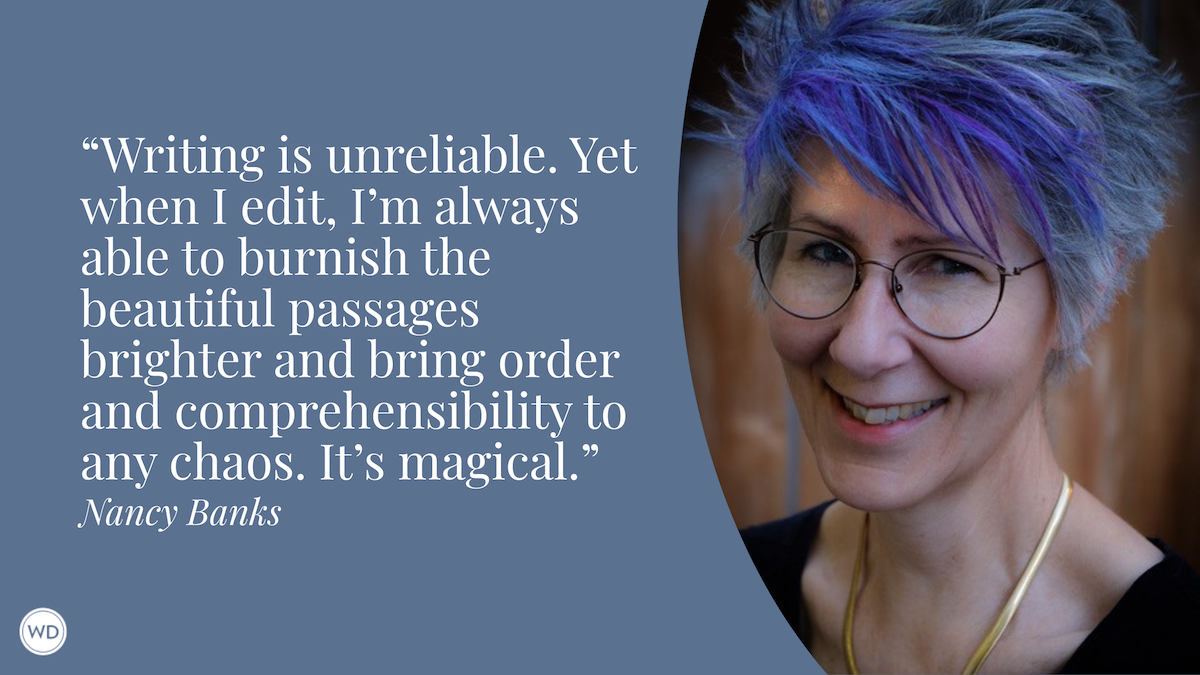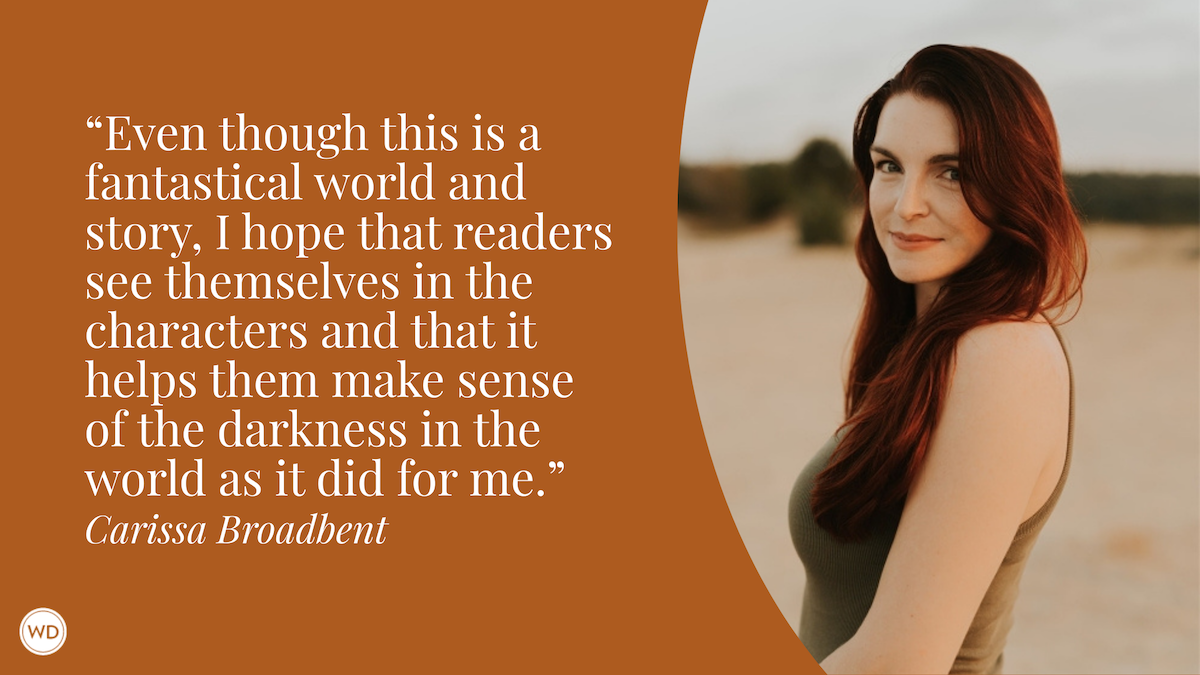Lecia Cornwall: On the Surprises of Historical Fiction
Acclaimed author Lecia Cornwall discusses the many surprises she faced in writing her historical fiction novel, The Woman at the Front.
Lecia Cornwall, acclaimed author of numerous historical romance novels, lives and writes in the beautiful foothills of the Canadian Rockies with four cats and a wild and crazy ninety-pound chocolate Lab named Andy. She has two grown children and one very patient husband. When she is not writing, Lecia is a dedicated volunteer at the Museum of the Highwood in High River, Alberta. The Woman at the Front is her first novel of historical women's fiction.
In this post, Lecia discusses the many surprises she faced in writing her historical fiction novel, The Woman at the Front, how she shifted from romance to historical fiction, and more!
****
****
Name: Lecia Cornwall
Literary agent: Kevan Lyon, Marsal Lyon LLC
Book title: The Woman at the Front
Publisher: Berkley
Release date: September 28, 2021
Genre/category: Historical Fiction
Previous titles by the author: Author of 17 historical romance novels, set in Regency England and 18th century Scotland.
Elevator pitch for the book: A daring young woman risks everything to pursue a career as a doctor on the front lines in France during World War I, and learns the true meaning of hope, love, and resilience in the darkest of times.
IndieBound | Bookshop | Amazon
[WD uses affiliate links.]
What prompted you to write this book?
My grandfather was a gunner with the Canadian Expeditionary Force in WWI, and his older brother served in the infantry. They were both at the battle of Vimy Ridge in 1917, where my grandfather was behind the lines with the artillery, and my great uncle was killed on the front lines. When I was 15 years old, my grandfather made me promise to visit his brother’s grave in France. It wasn’t until my own children were teenagers that I finally had the chance to go.
The area around Vimy Ridge is dotted with small war cemeteries, and it took some hunting before we finally found the right one. It was a moving moment for all of us, and the emotions we felt—the hope, the surprise, the sorrow at a life cut short in war and the grief for those who lost loved ones—made me want to write a book about the First World War. I also have a fascination with medical history, and I decided I’d set the story at a hospital or aid post, probably with a nurse as the main character.
How long did it take to go from idea to publication? And did the idea change during the process?
That visit to France took place in the summer of 2009. I hadn’t even been published yet, though I heard on that same trip that an agent I’d queried, Kevan Lyon, wanted to work with me (it was a momentous summer!). I was writing historical romance at the time, and my first book came out in 2011.
I kept the idea of the World War I book in the back of my mind, tinkered with it a little, read for research, but didn’t really work on it. In 2017, a change in direction at the publisher I was working with led to a sudden cancellation of a contract. My agent suggested that the time had come for me to move out of romance and try something new. I’d mentioned the idea of the World War I story to her in the past, and she encouraged me to move ahead with it.
I began to research in earnest. While reading about the medical systems during the war, I discovered the fascinating fact that while women could drive ambulances, serve as nurses or even volunteers in France, the British did not allow or support female doctors serving overseas. I knew I had my story.
I made my heroine a doctor, a woman who very much wishes to use her medical degree to help the war effort, only to find herself blocked by officials, and the expectations of society, at every turn. When she gets a chance to go to France to bring back a wounded friend, she finally gets her chance to be a doctor at last.
The book was bought by Berkley in the summer of 2018, so from the original inspiration to the finished book’s publication date (September 28, 2021), it took 12 years, with many other books in between.
Were there any surprises or learning moments in the publishing process for this title?
I am delighted with my editor, and the team at Berkley—they are supportive, enthusiastic, and creative. They fell in love with the book, and it went from a vague idea conceived at the foot of a war memorial to a book that could (hopefully) inspire, entertain, surprise, and delight readers.
Were there any surprises in the writing process for this book?
Many! In creating the secondary characters, I wanted to showcase the medical systems that were in place during the war. Antibiotics hadn’t been developed yet. They were still struggling with effective means of controlling germs and infection and finding best practices to deal with everything from the gangrene present in the soil, to transportation of the wounded, battle fatigue, and the deadly influenza pandemic that raged through the world at the end of the war.
When I read about stretcher bearers, and the hardships they endured, I had to create a character in that role. Stretcher bearers walked out onto the battlefield to bring in wounded men, unarmed except for a red cross brassard on their sleeve. The work was heavy, dangerous, and life expectancy was very short. If they lived, the work ruined their bodies with terrible scars caused by the straps of the stretchers, and splinters from the wooden handles.
My stretcher bearer, Fraser MacLeod, comes from a different social class than Eleanor, my heroine, and it was interesting to explore how war has the potential to level the class structure in many ways, and falling in love is not a sure thing. While the lady doctor and the stretcher bearer are equals at the front, what will happen when they return to civilian life in Britain?
I was also fascinated by the stories of the chaplains who served at the front, taking their duties far beyond offering religious comfort. They pitched in wherever they were needed, working as orderlies, gravediggers, and so much more. And the surgeons and nurses—they faced horrific wounds, terrible conditions, and they handled it with grace, courage, and compassion.
Women had to fight for equality and recognition. A matron, or head nurse, often held very high military rank, but as a woman, she could be overruled, or her orders countermanded by inexperienced doctors of much lower rank. I also read a number of accounts by women of high social rank who served as volunteers on the front, and some of them surprised me.
The writer would describe the terrible sorrow of sitting with a badly wounded patient as he died, holding his hand, and then go on to write about her dinner plans with upper class members of general staff, and what they planned to wear to the event.
What do you hope readers will get out of your book?
I hope they will see that World War I, the black-and-white war, was a time of great innovation and change, in warfare, in society, in medical advancements, and in the empowerment of women. People fought, loved, died, were afraid or courageous, and no one came home untouched by their experiences. I hope that readers will find The Woman at the Front an immersive, informative, entertaining, thrilling story.
If you could share one piece of advice with other authors, what would it be?
Authors are such tender creatures! We put our hearts and souls and innermost thoughts on the page, and we can be so easily crushed by a harsh word or criticism. As creative beings, we live in the magical world of our imaginations, and we’re quite happy there—I know I am.
But writing is also a business, and a career, and we must be practical and professional. Writers get plenty of advice, good and bad, and lots of criticism that can sear your soul. Don’t let it.
Take the good advice from people you trust, industry professionals, experienced writers who can offer useful feedback. Ignore reviews (if you can—I still can’t). Focus on telling a great story, and keep on learning and honing your craft, because that’s how we grow as writers and human beings.
And find your tribe—connect with other writers and share generously, because no one understands writers like other writers!









